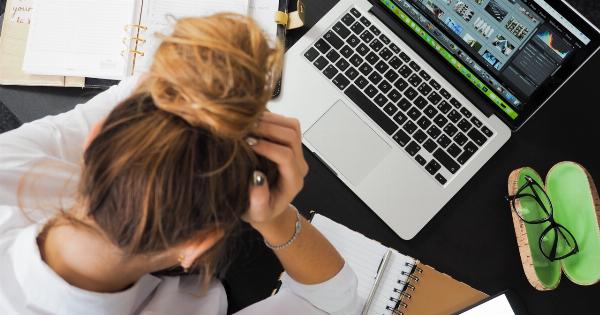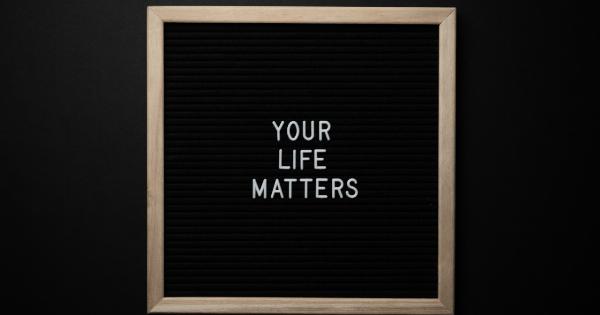Engaging in sexual activity is a natural and normal part of human life. However, it is crucial to understand the potential risks and consequences associated with unprotected sex, particularly in high-risk scenarios.
While the joys and pleasures of sexual relationships are undeniable, it is essential to prioritize our sexual health and safety. This article delves into the various risks and repercussions of engaging in unprotected sex in situations where the odds are stacked against us.
Understanding Unprotected Sex
Unprotected sex refers to sexual activity without the use of barrier contraceptives such as condoms or dental dams. In high-risk scenarios, the absence of protective measures exposes individuals to a variety of potential risks.
These high-risk situations can include casual encounters with multiple partners, engaging in sexual activities under the influence of substances, or participating in unprotected sexual acts with someone who has a known sexually transmitted disease (STD).
The Potential Consequences
1. Spread of STDs: One of the most immediate and significant risks of unprotected sex is the transmission of sexually transmitted diseases.
STDs such as chlamydia, gonorrhea, syphilis, herpes, and human papillomavirus (HPV) can be easily transmitted through sexual contact. Lack of barrier methods exposes individuals to these infections, which can have long-lasting effects on their health and wellbeing.
2. HIV Transmission: Unprotected sex in high-risk situations, such as engaging in sexual intercourse with someone who is HIV positive, increases the possibility of contracting the virus responsible for causing AIDS.
HIV is primarily transmitted through blood, semen, vaginal fluids, and breast milk. Without the protection of a barrier contraceptive, the risk of transmission becomes significantly higher.
3. Unintended Pregnancy: Another major concern associated with unprotected sex is unintended pregnancy. The failure to use adequate contraceptive methods, such as condoms or hormonal birth control, increases the chances of conception.
This can lead to emotional and psychological distress, as well as consequential decisions such as whether to carry the pregnancy to term or pursue options like adoption or abortion.
The Importance of Protection
1. Preventing STDs: The use of barrier contraceptives, such as condoms or dental dams, during sexual encounters significantly reduces the risk of contracting STDs.
Condoms act as a physical barrier, preventing the exchange of bodily fluids and reducing the chances of transmission. Regular use of condoms in high-risk scenarios can provide protection against various sexually transmitted infections.
2. Reducing HIV Transmission: Condoms not only offer protection against STDs, but they also reduce the risk of HIV transmission.
The latex material used in the production of condoms acts as an effective barrier, preventing the transfer of HIV-infected fluids between partners. When used consistently and correctly, condoms can significantly decrease the likelihood of contracting HIV.
3. Ensuring Safe and Responsible Sexual Practices: Engaging in protected sex not only reduces the risks associated with STDs and unintended pregnancy but also promotes safe and responsible sexual behavior.
By prioritizing sexual health and using appropriate contraceptives, individuals demonstrate care for their own wellbeing as well as that of their partners.
Seeking Professional Guidance
Individuals who engage in high-risk sexual activity should consider seeking professional guidance.
Consulting a medical professional or visiting a sexual health clinic can provide valuable information regarding protection methods, testing, and available treatments. Regular check-ups, STD screenings, and open discussions with healthcare providers can help individuals make informed decisions about their sexual health.
The Role of Education
Education plays a crucial role in promoting sexual health and preventing the negative consequences of unprotected sex.
Comprehensive sexual education programs, both in schools and community settings, can empower individuals with accurate information about safe sex practices, consent, and the risks associated with engaging in high-risk scenarios. By fostering an environment of open communication and education, societies can help reduce the prevalence of unprotected sex and its potential consequences.
The Power of Communication
Open and honest communication between sexual partners is essential in maintaining sexual health and preventing the risks associated with unprotected sex.
Discussing sexual histories, sharing concerns, and establishing boundaries can contribute to safer and more comfortable sexual experiences. Mutual understanding and respect between partners create an atmosphere where both parties can confidently prioritize their sexual health.
Final Thoughts
Engaging in unprotected sex in high-risk scenarios increases the chances of detrimental consequences such as the spread of STDs, HIV transmission, and unintended pregnancies.
It is crucial to prioritize sexual health and safety by utilizing barrier contraceptives consistently and correctly. Seeking professional guidance and staying informed through comprehensive sexual education programs can also contribute to responsible sexual behaviors.
Remember, the odds may be against you, but by taking action and implementing effective preventive measures, you can reduce the risks and protect yourself and your partners from the potential consequences of unprotected sex.


























